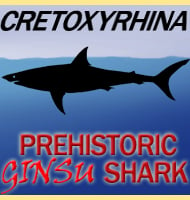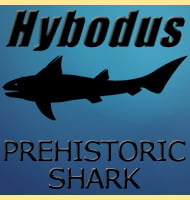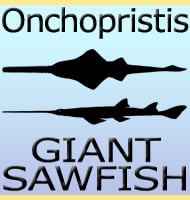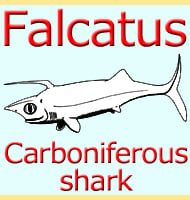Scapanorhynchus
In Depth Scapanorhynchus appears to have been so much like the living goblin shark (Mitsukurina owstoni) that the two were considered by some to be the same genus. However study of the teeth has brought the conclusion that while very similar, they are different enough to keep the two separated. The most striking feature of … Read more



